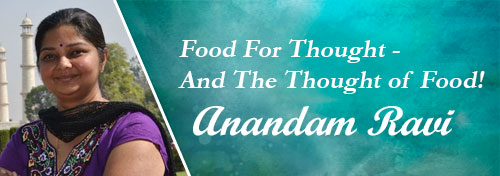5 pointers to decode the junk in packaged foods
Admit it. You instantly felt a pang of guilt once your kid has polished off their pack of cream biscuits or dug into the second bag of chips at the theatre. But then you calm yourself saying –“It’s only once in a while”. I’ve been there too.
A mom myself, I am on the brink of having a shouting match with every other person who directly gifts chocolate or chips to my toddler, not knowing I’ve just distracted her from the same thought minutes ago. Then again, shielding your kids from packaged and processed food is akin to fighting a losing battle – no matter how many times you hide that bag of Cheetos, you’ll see them gleefully munching it at the next birthday party meal. While we’ve been obliviously planning our next picnic with a bag of treats, all hell broke loose when the mother of all instant noodles was expatriated for containing lead and misleading with MSG!
But I feel by knowing what’s really on the food packet, us parents, could become smarter in choosing the packaged foods on our next trip to the supermarket. Here are some pointers:
1. It’s all in the fine print:
The small letters that contain the nutritional information (sometimes which you could barely see) on any packaged product is always shown in the quantities from highest to lowest. So if the first Ingredient/ Content label on your juice pack says: Sugar – then that is the ingredient in the largest quantity. This is the first rule of thumb for reading food package labels.
2. Serving Size:
Nutrition facts on the package are always given for one serving. So remember to multiply that with the number of servings to check how much you will end up consuming.
3. 0% Trans-fat is not 100% truth:
Firstly, what are trans fats? Trans fats are formed when manufacturers turn liquid oil into solid fats to increase the shelf life and flavour stability of foods. A label claiming 0% trans fat can have up to 0.5 gram of trans fat and yet claim to have 0%. Though 0.5 gram may seem to be a very insignificant amount, remember the 0.5 gram is for per serving. Hence, you’ll have to account the trans fat for multiple serving sizes.
4. Whole Grain. Multi-Grain. Check again!
Before you grab that Brown bread, check the label for the Whole Wheat Flour – which represents Wheat (atta). Whereas if it says Wheat Flour it represents Maida. Likewise check those healthy multi-grain biscuits for oats, ragi and multigrain flour – as they are bound to contain more of Wheat Flour, i.e. Maida.
5. More the shelf life, more the preservatives:
Avoid buying products that have shelf life of over 45 days, as more the shelf life more is the processing that goes into it.
If you’ve gotten to the end of this article feeling the wind been knocked out of you, fret not. There are always healthier alternatives to packaged food that you can consume with your children and that too guilt-free.
So next time you visit the supermarket, you know what to do!
Mom to a toddler, Gauri Kamath is an avid reader, writer and pens her thoughts on her blog Survival of the Optimist. Though she holds a Masters degree in Marketing, her true passion is writing and has co-authored a book on short stories – 6 Degrees. She is based in Mumbai.

